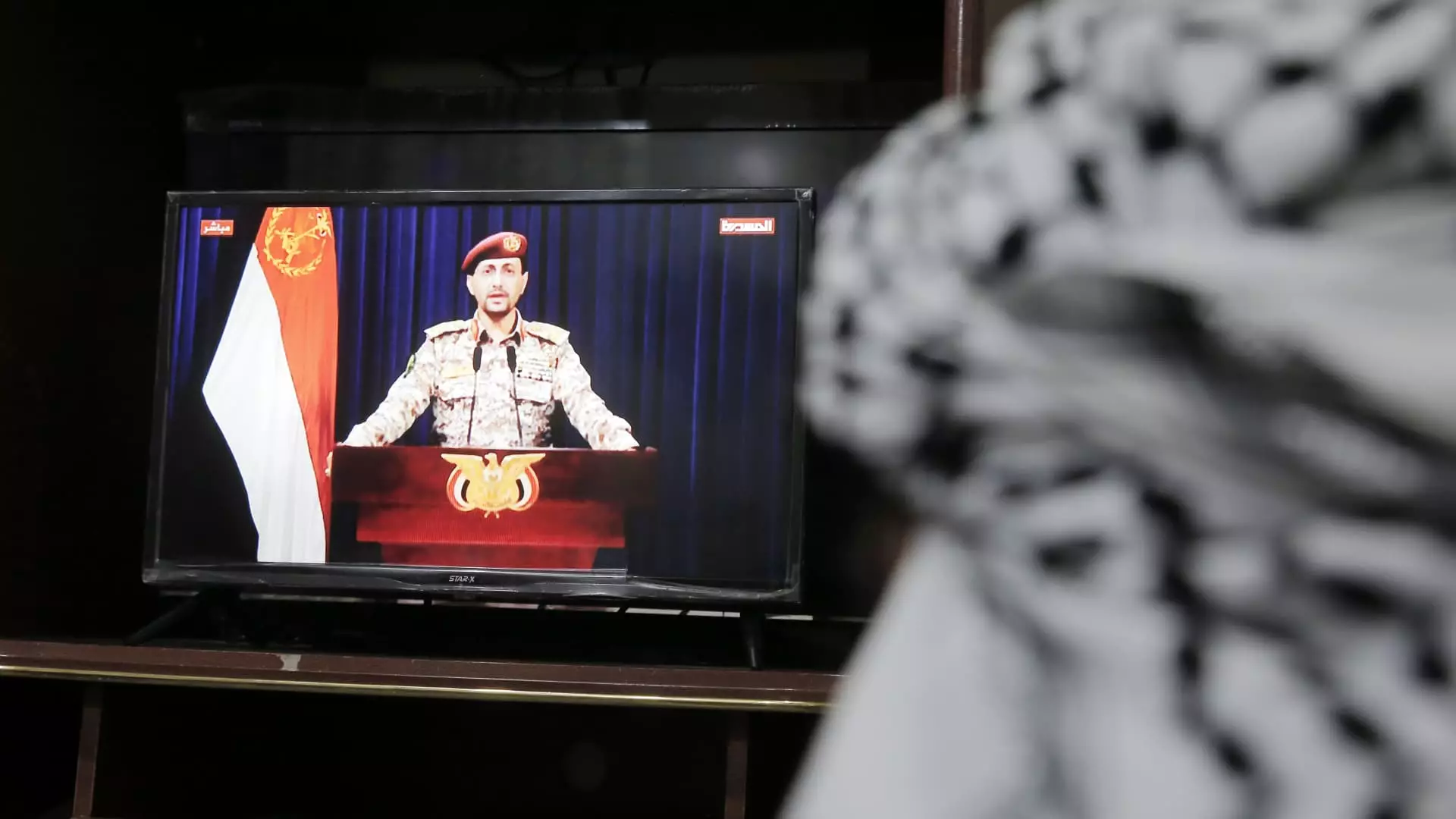In a joint effort, U.S., French, and British forces collaborated to intercept and down numerous drones in the Red Sea after Yemen’s Iran-aligned Houthi rebels targeted a bulk carrier and U.S. destroyers in the region. This coordinated response aimed to prevent further attacks on commercial and military vessels, ensuring the safety of naval operations in the area.
Motivation Behind the Attacks
The Houthi rebels claimed that their actions were in solidarity with Palestinians during the conflict with Israel in Gaza. By targeting ships in the Red Sea and Gulf of Aden, the rebels sought to draw attention to their cause and demonstrate their military capabilities. The use of drones in these attacks signifies a shift towards asymmetric warfare tactics commonly employed by non-state actors in conflict zones.
The attacks on the bulk carrier Propel Fortune and U.S. warships highlighted the vulnerability of commercial and naval vessels in the region. The disruption caused by the drone attacks not only posed a threat to the safety of crews and cargo but also raised concerns about the security of vital maritime trade routes. The ability of the Houthi rebels to conduct such attacks underscores the challenges faced by maritime authorities in countering new threats.
International Defense Response
The swift response by U.S. Central Command (CENTCOM) and coalition forces to down the drones prevented any damage to naval vessels in the area. The use of advanced technology and coordinated efforts ensured the protection of merchant ships and military assets from further attacks. The involvement of French and British forces in repelling the drones demonstrated the solidarity of international allies in safeguarding maritime security.
Despite the successful interception of the drones, the continued threat posed by the Houthi rebels remains a pressing issue for regional stability. The escalation of attacks on commercial and military targets raises questions about the effectiveness of current defense strategies in deterring future incidents. The loss of civilian lives in previous missile strikes underscores the urgent need for enhanced security measures to safeguard maritime traffic in the Red Sea.
Efforts to address the root causes of the conflict, including the lifting of the siege on Palestinians in Gaza, are essential to reducing tensions in the region. Diplomatic engagement and dialogue between the conflicting parties could help de-escalate the situation and prevent further acts of aggression. International cooperation in addressing the underlying issues driving the conflict is crucial for achieving long-term peace and stability in the Red Sea area.
The multi-national response to the Houthi drone attacks in the Red Sea exemplifies the collaborative efforts of countries to protect maritime security and prevent further escalations of conflict. By engaging in joint defense operations and addressing the root causes of the conflict, international partners can work towards mitigating the risks posed by non-state actors in the region. The ongoing challenges in securing vital sea lanes underscore the importance of continued vigilance and cooperation in safeguarding global maritime trade.

Leave a Reply